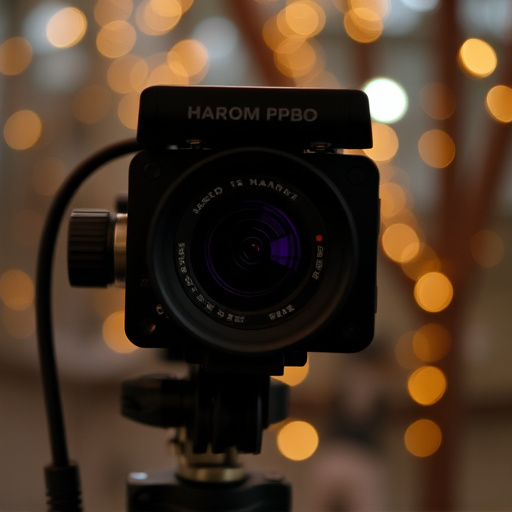Battery-powered wireless spy cameras have revolutionized counter surveillance by providing portable, high-tech solutions. These devices offer HD video, night vision, and motion detection, allowing strategic placement in hard-to-reach areas without complex wiring. Effective deployment requires meticulous pre-sweep assessments, including intelligence gathering, risk management, ethical considerations, and privacy law compliance. Trained teams use advanced techniques and equipment like thermal imaging to detect these cameras, ensuring safety, security, and evidential integrity during sweeps.
In today’s digital age, privacy concerns have surged due to the proliferation of battery-powered wireless spy cameras. These clandestine devices pose significant risks, capturing sensitive information without consent. This comprehensive guide offers a professional method for conducting counter surveillance sweeps. From understanding the latest battery-powered wireless spy camera technologies to planning and executing thorough searches, this article equips readers with essential knowledge to safeguard their privacy and security against these hidden threats.
- Understanding Battery-Powered Wireless Spy Cameras: A Comprehensive Overview
- Planning and Preparation for a Counter Surveillance Sweep
- Execution and Post-Sweep Analysis: Professional Tips and Techniques
Understanding Battery-Powered Wireless Spy Cameras: A Comprehensive Overview
Battery-powered wireless spy cameras have revolutionized counter surveillance techniques, offering a discreet and versatile solution for security professionals. These innovative devices operate independently, utilizing rechargeable batteries to capture and transmit footage over Wi-Fi or cellular networks. This comprehensive overview aims to demystify these advanced tools.
The versatility of battery-powered wireless spy cameras is unparalleled. They can be strategically placed in hard-to-reach areas, ensuring continuous monitoring without the need for complex wiring. These cameras often boast high-definition video quality, night vision capabilities, and motion detection features, providing valuable insights into any environment. By understanding their technical specifications and deployment strategies, professionals can effectively employ these tools as a game-changer in counter surveillance sweeps.
Planning and Preparation for a Counter Surveillance Sweep
Planning and preparation are paramount when conducting a counter surveillance sweep, especially when employing battery-powered wireless spy cameras as tools. Before initiating any operation, intelligence gathering is crucial to identify potential hidden devices or surveillance equipment within the target area. This involves assessing the physical layout of the space, identifying common hiding spots for covert cameras, and researching known or suspected surveillance activities related to the location.
A comprehensive plan should account for potential risks and ethical considerations. This includes ensuring compliance with local privacy laws and obtaining necessary permissions for the sweep. Proper training for the team conducting the sweep is essential; they must be adept at identifying various types of spy cameras, understanding their functionalities, and employing techniques to detect and neutralize them effectively while preserving any evidential value.
Execution and Post-Sweep Analysis: Professional Tips and Techniques
The execution of a comprehensive counter surveillance sweep involves meticulous planning and professional techniques to detect even the most advanced hidden cameras, such as battery-powered wireless spy cameras. Begin by conducting a thorough pre-sweep assessment, identifying potential areas where hidden cameras might be installed. This includes examining walls, ceilings, doors, and any electrical or plumbing fixtures. Utilizing specialized equipment like thermal imaging cameras, UV lights, and metal detectors can significantly enhance detection capabilities. During the sweep, professionals employ various methods including visual inspection, manual searches, and advanced tech tools to locate and secure evidence of surveillance devices.
Post-sweep analysis is a crucial step that involves meticulously documenting and reviewing findings. This includes taking high-resolution photos or videos of discovered devices, noting their locations, and cataloging any unique identifiers. Experts also analyze the data gathered from recovered devices, such as memory cards or hard drives, to extract valuable intelligence. By combining these methods, professionals can effectively mitigate the risks posed by hidden surveillance equipment, ensuring a safe and secure environment for individuals and organizations alike.
In light of the growing prevalence of battery-powered wireless spy cameras, conducting thorough counter surveillance sweeps has become an indispensable skill for professionals. By understanding these devices, planning meticulously, and employing advanced techniques during execution, one can effectively identify and mitigate potential threats. Post-sweep analysis is crucial to enhance future defenses, ensuring that we stay ahead in the constant evolution of surveillance technology.
